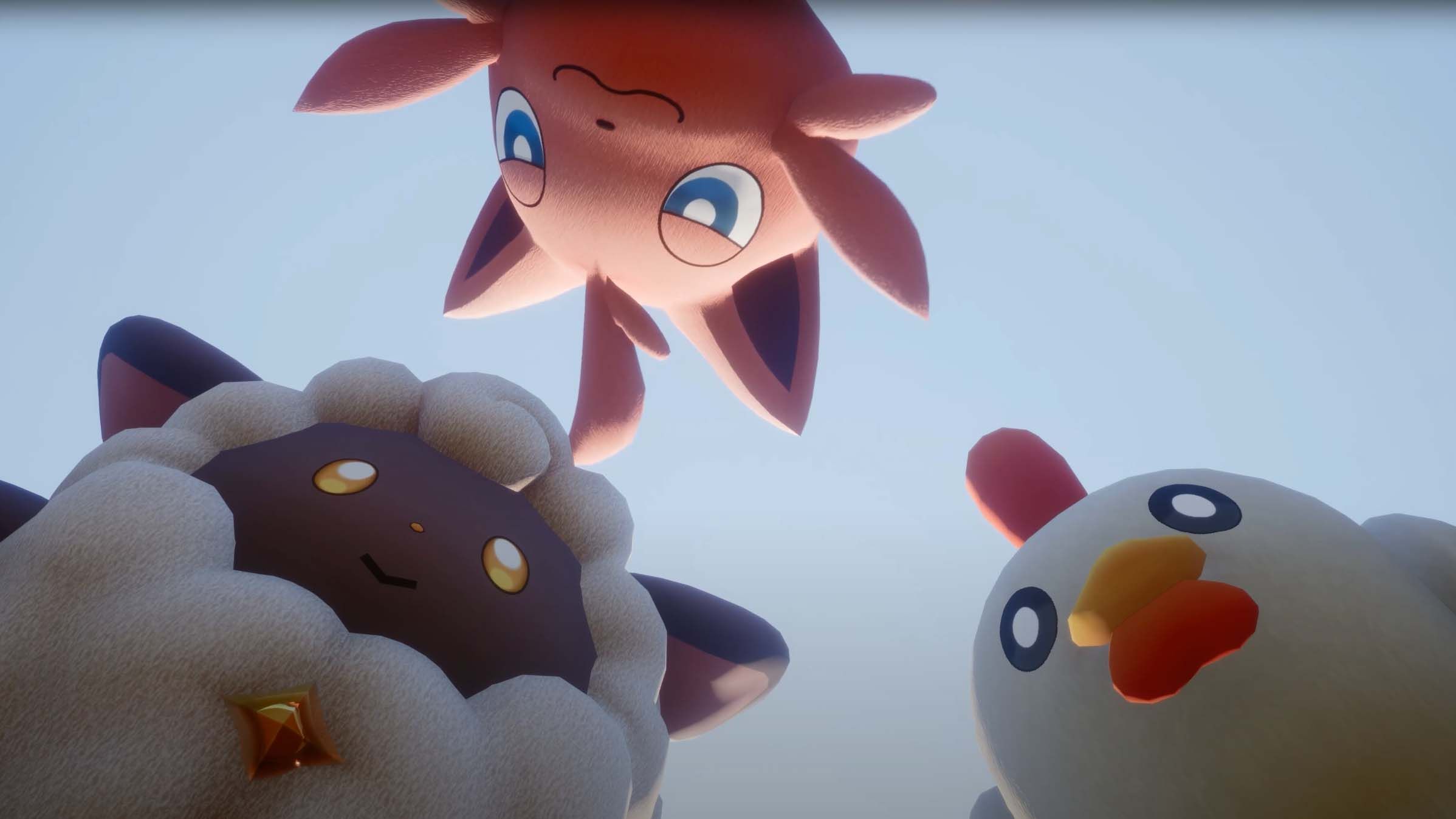
Nintendo now legally owns “summon and fight” in the U.S. What does that mean for Palworld… and your favorite games?
The patent arms race is heating up, and Nintendo’s latest move could reshape how studios design games.
 www.windowscentral.com
www.windowscentral.com
This is a perfect example of BS intellectual property law being abused.The Patent '397 covers the fundamental mechanics of summoning a character to have it fight another. So yes, sounds like Pokmon. However, it also describes things that many other games do.
Unlike many patents, which often face heavy scrutiny or rejections before theyre approved, this one glided through the U.S. Patent Office without objections. It was filed in March 2023 and granted just last week.
Patent '397 is potentially explosive for the gaming industry, because it isn't just about Palworld. If a game does all of the following, it could be challenged.
If a game does those things, Nintendo now has a patent that could be used to argue infringement. I'm sure you can think of 100s of games that do this. This isnt just a Pokmon thing. The patent language is so broad that it could arguably apply to mechanics across RPGs, action games, MMOs, and the list goes on.
- There must be a PC, console or other computing device and the game is stored on a drive or similar storage medium.
- You can move your main character in a virtual space.
- You can summon a secondary character (called the sub character in the patent).
- If theres an enemy present, the summoned character fights it (either automatically or based on your input.)
- If there isnt, the summoned character can still move and fight when it encounters an enemy later.
Take Diablo 4, where the Necromancer class is built around summoning skeletons, golems, and other minions that fight automatically or under your direction. In World of Warcraft, warlocks summon demons, hunters summon pets. In Elden Ring, if youre not one of those solo purists, you might summon your Mimic Tear to help in battle (or, in my case, just finish the battle for me). The list is endless.
In other words, if youve played games at all in the last 20 years, youve seen this mechanic everywhere. And now, at least in the U.S., Nintendo has a patent claim that could theoretically be pointed at any of them.
